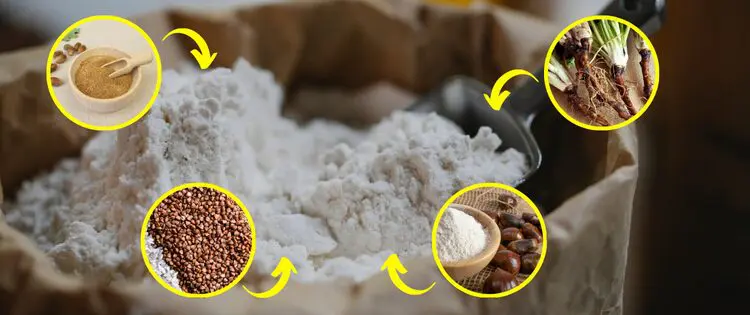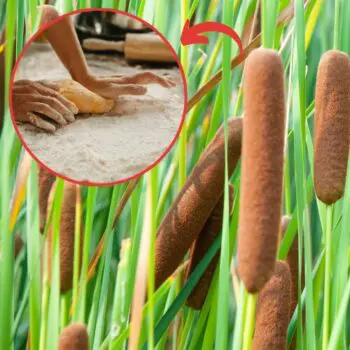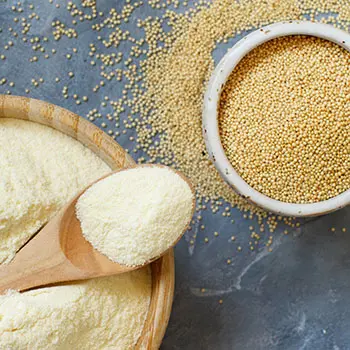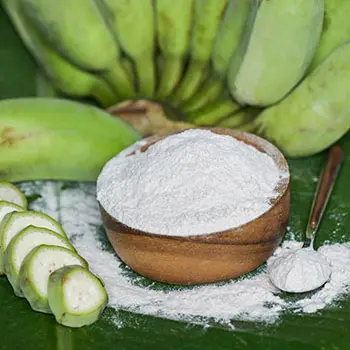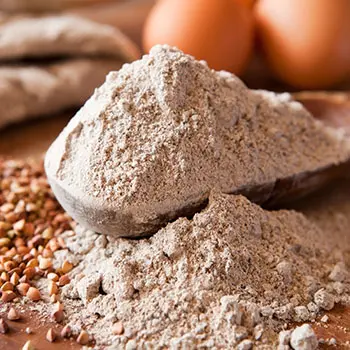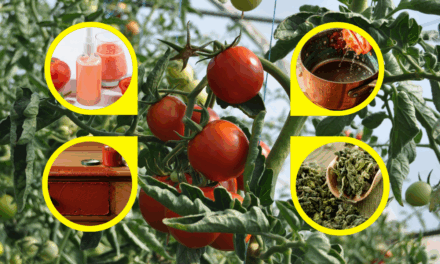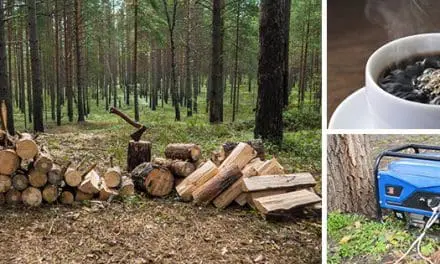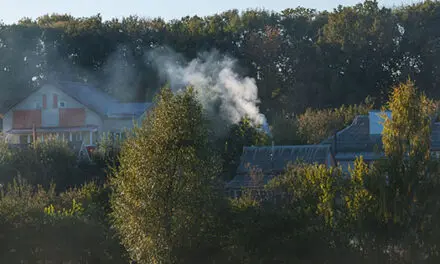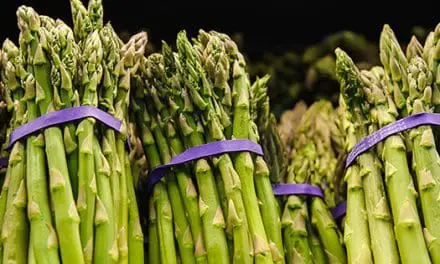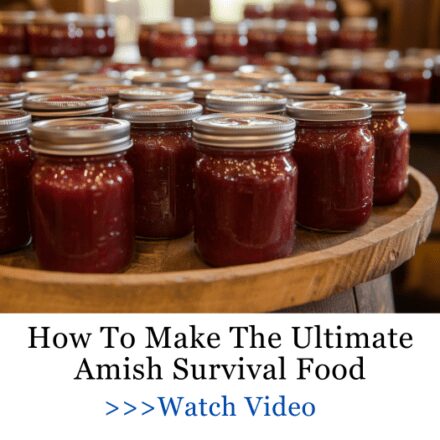Is it possible to make flour without using wheat? According to Grandpa—YES! Did you know that there are several common plants you can turn into flour in a crisis or before one?
I can confirm it too, having experimented with a variety of plants that make incredible flour alternatives.
With grocery bills skyrocketing, mastering this traditional skill is essential for boosting self-sufficiency.
So, what are these plants I’m talking about?
Acorns 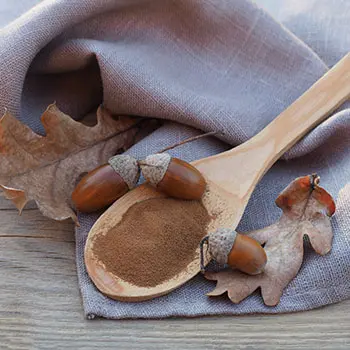
Acorns are a key part of my homestead. They’re packed with nutrients and easy to find, making them a great choice for flour.
The tannins in acorns can be tricky at first, but once processed, they act as a natural preservative. Oak trees produce acorns in cycles, so some years give more than others.
What makes acorns stand out is their reliability and long shelf life. They also have more protein and healthy fats than many common flours.
I learned how to make flour from acorns using this guide, which also helped with much of the research for this article. It’s packed with useful information on food and how to maintain a supply during a crisis. I highly recommend grabbing a copy while you still can. This guide tends to sell out quickly.
To process them, start by sorting and shelling them carefully. The most important step is leaching out the tannins, which I’ve learned to do over time. Soak them in cold water, changing the water daily to get rid of the bitterness.
This soaking process usually takes 7-10 days, depending on the type of oak. Cooler temperatures take longer but can improve the flavor. If you process larger batches, you can save time but watch closely to prevent spoilage. But this is just one of the many common plants you can turn into flour.
Chestnuts
Turning chestnuts into flour changed how I bake gluten-free. Unlike other nuts, chestnuts are full of carbs, so their flour acts more like wheat flour. Their natural sweetness means I don’t need extra sweeteners in baked goods.
Since chestnuts are seasonal, good processing and storage are key to using them year-round. They’re high in vitamin C and B vitamins, which sets them apart from other nut flours.
The timing of the harvest is crucial for good flour. Fresh chestnuts need to be processed quickly to avoid mold and keep them fresh. Roasting breaks down starches, making them easier to digest and improving consistency.
Drying in a temperature-controlled space prevents fermentation and keeps the nutrients. Grinding takes a few passes to get a fine texture. Chestnut flour’s long shelf life makes it a reliable choice for food security on the homestead. What about other plants you can turn into flour? Let’s see.
Cattails 
Cattails are one of the plants you can turn into flour giving big yields. One stand can produce a lot of flour for many uses. They’re easy to harvest sustainably and keep growing back. Found in wetlands, they’re a reliable source of flour.
Start by cleaning the rhizomes well, then peel them to get to the white core. Soak the cores in clean water to release pure starch, which settles at the bottom.
After drying and grinding, the starch turns into flour. It’s great for baking or thickening. Pay attention to water temperature and how long it settles to get the most starch.
Drying properly prevents fermentation, keeping the flour fresh for long-term storage. Its neutral taste makes it perfect for many recipes.
Dandelion Roots
These roots are full of inulin, a prebiotic fiber that helps with digestion. Fall harvesting gives the highest starch content, but spring roots work well too.
Their deep taproots help break up compacted soil, improving the garden while providing food. Start processing by cleaning the roots carefully to remove dirt, making sure not to waste any part.
The drying temperature affects both flavor and nutrition. Grinding the roots a few times makes a fine flour that’s perfect for baking.
Store the flour in airtight containers to keep out moisture and preserve freshness. The flour adds flavor and nutrients to baked goods. Its slight bitterness balances well with sweet ingredients, improving recipes. This is my favorite one of all the plants you can turn into flour.
Amaranth 
Wild Grasses
Plants you can turn into flour, like wild grass, including foxtail and wild rye, can produce a surprising amount of flour when managed well. With many species to choose from, you can harvest successfully in different seasons and climates.
To process wild grass properly, you need to harvest it at the right time and handle it carefully. The seeds must be fully mature, but not yet falling off. Harvesting in the morning works best because the higher moisture content helps keep the seeds from being lost.
Different species require different threshing methods, with some needing gentler handling. The winnowing process takes time and focus to get the cleanest yield. Multiple cleaning steps help produce the best flour.
Plantains (Green Bananas) 
Turning green plantains into flour is a great way to get starch for tropical homesteads. It’s important to harvest when the starch is at its peak before any sugar starts to form. Since plantains grow year-round in warm climates, you can make flour consistently.
Plantain flour is very versatile. It works well in both sweet and savory dishes. The resistant starch in it offers health benefits that you don’t get with regular flours.
The process needs quick action to stop oxidation and keep the color right. The thickness of the slices affects drying time and the final flour quality. Controlling the temperature while drying keeps the nutrients intact. The grinding process needs the right moisture content for the best results. Make sure to store the flour in a dry place to keep it stable. Sticking to a regular schedule helps maintain good quality and a steady supply.
Kudzu Roots
Plants you can turn into flour, like kudzu, turn this invasive plant into a useful resource. Its large root system provides a good yield when dug up properly.
Winter harvesting gives you the highest starch content and easier access to the roots. The process creates several valuable products, not just flour. Harvesting kudzu also helps control its spread while giving you a steady food source.
Cleaning the roots takes careful work to remove all dirt and debris. The roots must be processed in a way that gets the most starch. The time spent settling the starch during processing affects the final flour quality.
Multiple straining cycles help ensure the starch is as pure as possible. The drying process must be carefully managed to prevent mold or fermentation. Proper storage keeps the flour stable for long periods.
Buckwheat 
Buckwheat is part of the rhubarb family. Its short growing season lets you harvest multiple times a year, making it perfect for efficient land use. It can handle drought and frost, which is great for tough climates. The flowers also help attract beneficial insects, making it a two-in-one crop.
Harvesting needs to be done at the right time to avoid losing seeds and to make sure they’re fully mature. Start by cutting the plant when most seeds are dark but not yet falling off.
For small-scale production, traditional threshing methods work well. During winnowing, you need to pay attention to wind conditions and use proper screens. Multiple cleaning steps ensure the highest quality flour. Storing the flour with the right moisture level keeps it fresh and maintains its nutritional value.
Arrowroot
This plant stores a lot of starch during its growth, making it a great thickener. It can grow in the shade, so it works well for planting under trees in tropical areas.
The processing is labor-intensive, but it creates a pure white starch that’s hard to beat. The plant needs little care and still gives a lot of yield.
The extraction requires careful cleaning and temperature control. Washing the starch multiple times ensures it’s as pure as possible. The settling time affects both the quality and quantity of starch.
Proper drying prevents the starch from changing color and keeps its unique qualities. Store it carefully to avoid moisture. This flour’s special qualities make it essential for certain recipes.
My journey into alternative flours has proven that self-reliance doesn’t require massive farmland or expensive equipment. These common plants you can turn into flour offer nutrition, sustainability, and independence.
Oh! I almost forgot. Here’s a big shoutout to my grandpa for teaching me all these!
So, which plant are you gonna try out first?
Foods To Stock Up On This Winter
How To Make Wild Bread With Dandelions (Video)
What The Pioneers Did To Survive Harsh Winters

